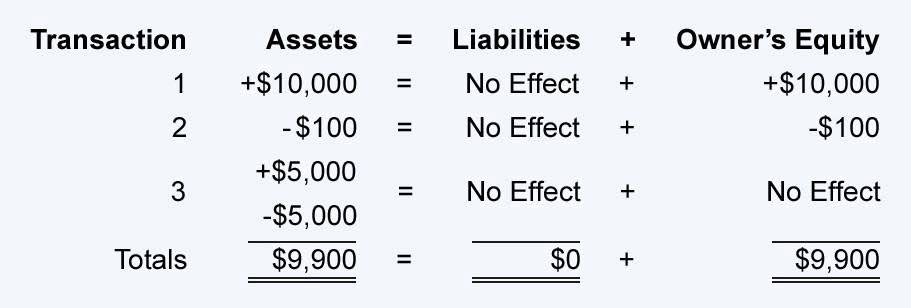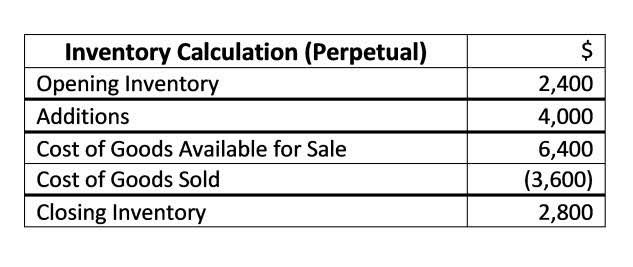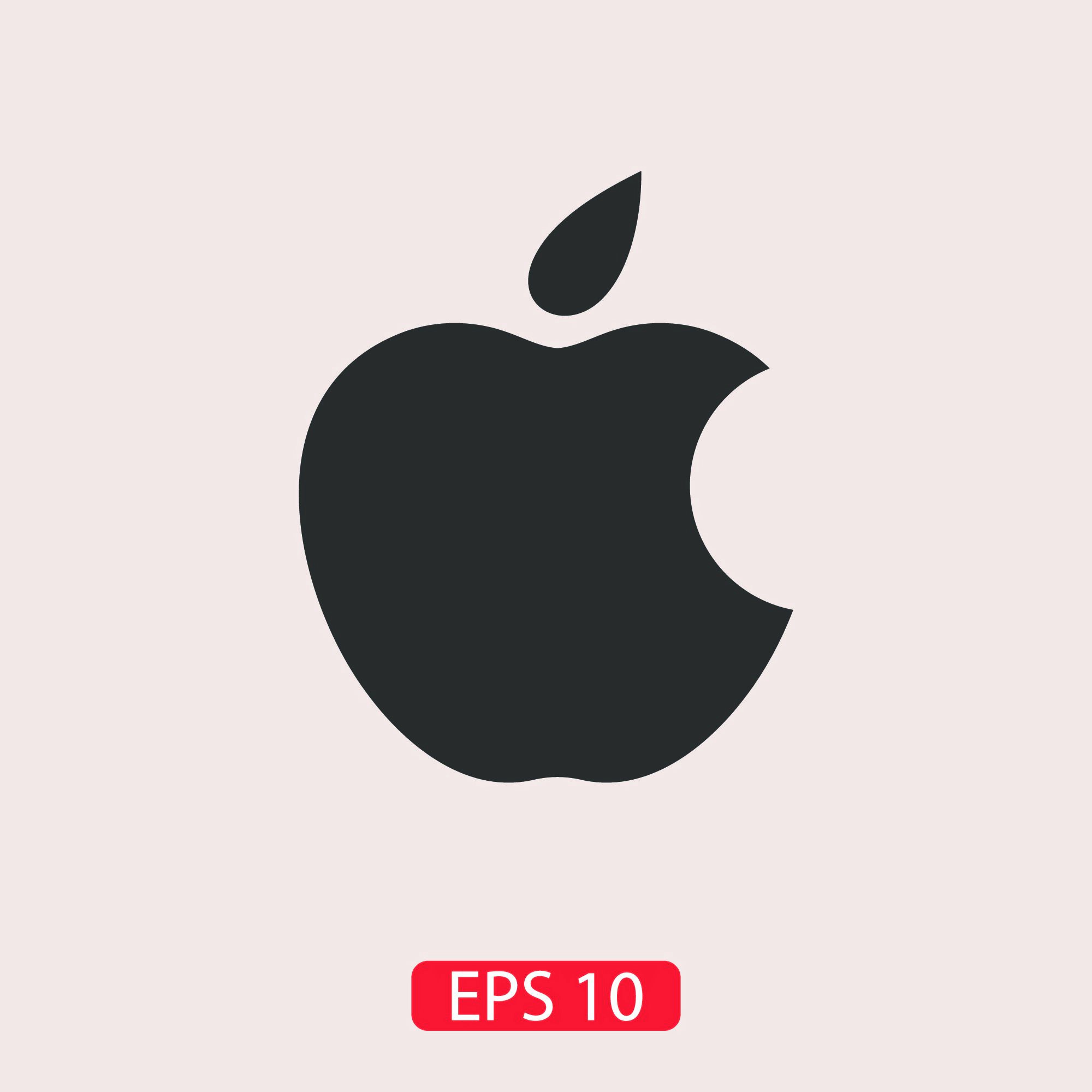
As per the Accounting Standard, you can only record the intangibles acquired in a Business Combination or purchased from outside as Intangible Assets on your Balance Sheet. These are the types of intangible assets that generate economic benefits for your business for a limited period of time. Accordingly, you need to amortize the cost less residual value of such assets systematically over their useful life. Assets normally appear on a company’s balance sheet, a common financial statement generated in accounting software.
The Role of AI in Amortization of Intangibles

But, intangible assets don’t always appear on balance sheets, according to Accounting Tools. Unidentifiable intangible assets are those intangable assets that cannot be physically separated from the company. Internally generated goodwill is always expensed and never recorded as an asset.

Internally generated intangible assets
- They consist of such items as air conditioning, partitioning, and elevators.
- What this essentially means is the difference represents how much the buyer is willing to pay for the business as a whole, over and above the value of its individual assets alone.
- Get instant access to lessons taught by experienced private equity pros and bulge bracket investment bankers including financial statement modeling, DCF, M&A, LBO, Comps and Excel Modeling.
- These assets can include tangible assets and intangible assets that serve different purposes.
- If you purchase an intangible asset from another company, the asset’s recorded value will be the cost of the purchase.
The below example contains a list of the most common intangible assets. One way to get there is to focus on companies whose intangible assets are soaring. These juggernauts own some of the world’s most valuable intangible assets, according to the 2022 Brand Finance Global Intangible Finance Tracker (GIFT) report. For several reasons, governments at all levels may choose to provide financial assistance to companies that engage in certain activities.
Fixed Assets
For businesses, an intangible asset includes patents, goodwill, and intellectual property. Calculating the amortization of intangible assets involves determining the annual expense that will be recorded over the asset’s useful life. Understanding the types of intangible assets and the factors determining their useful life is crucial for accurate amortization and financial reporting.

In many cases, however, its useful economic life is less than 17 years. The cumulative value of that intellectual property segment alone totaled nearly $1.4 trillion as of 2022. That was up from about $958 billion in 2018, according to a Federal Reserve of St. Louis study of data from the U.S. IFRS Accounting Standards are, in effect, a global accounting language—companies in more than 140 jurisdictions are required to use them when reporting on their financial health. The IASB is supported by technical staff and a range of advisory bodies. Negative brand equity occurs when consumers are not willing to pay extra for a brand-name version of a product.
Examples of Fixed Assets
Intangible assets are typically nonphysical assets used over the long-term. Proper valuation and accounting of intangible assets are often problematic, due in large part to how intangible assets are handled. The difficulty assigning value stems from the uncertainty of their future benefits and the difficulty in reliably measuring their costs.
Initial recognition: computer software
- For example, consider the used car market compared to the “customer loyalty market”.
- Amortizing intangible assets involves different methods to allocate the cost over the asset’s useful life.
- The average gain of easing EPL across the countries in our dataset (2.6%) is comparable to that of an increase in trust.
- Furthermore, the fair value of the intangible asset acquired under the Business Combination can be measured reliably.
- Subsequent MeasurementAfter initial recognition, intangible assets are carried at cost less any accumulated amortization and accumulated impairment losses.
- Operating leases usually require regular monthly payments by the lessee, but the lessor retains control and ownership of the property.
- In such a case, you cannot treat Computer Software as an intangible asset since it is inseparable from the machine.
Thus, you need to amortize only assets with a finite life over their useful life on a systematic basis. Typically, the cost of such an operating system is included in the cost of the hardware. Thus, you cannot later reinstate such an expense as an intangible asset. Furthermore, the fair value of the intangible asset acquired under the Business Combination can be measured reliably.

What is the difference between amortization and depreciation?
Also, the useful life of an intangible asset can be either identifiable or non-identifiable. Most intangible assets are long-term assets meaning they have a useful life of more than a year. Accordingly, you need not recognize the internally generated intangible assets as intangible assets on your balance sheet.
Specifically identifiable intangible assets are those intangibles whose costs can easily be identified as part of the cost of the asset and whose benefits generally have a determinable life. “Researchers and practitioners have reached a consensus that intangible assets play a vital role in the success and survival of firms in today’s economy. The possessions of value owned by companies can include tangible assets and intangible assets. While the first type of asset has physical properties, the second normally does not.